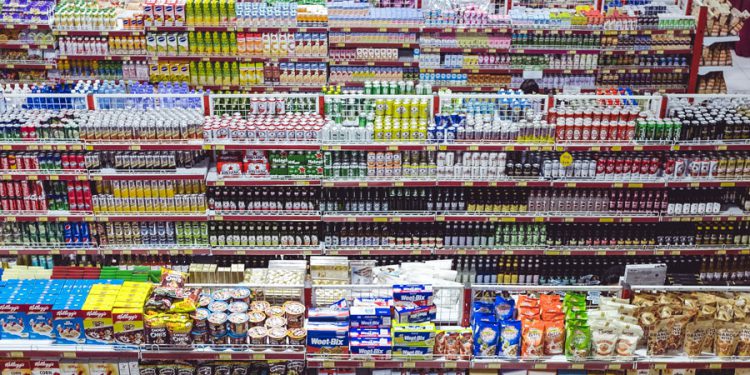Consumer behaviours around food have been subject to enormous outside influences since the Covid-19 pandemic forced governments to put social distancing measures in place. Lockdown forced many restaurants to close while supermarkets take the reins, supplying a population who are eating every meal at home. The result are huge changes in foods being purchased that could last well past the end of lockdown.
Shopping trends in developed countries have changed hugely under Covid-19, as reported by beveragedaily.com in their piece about PepsiCo’s response to the situation. Increased purchases of snack foods follows on from a 45% increase in e-commerce sales in the first quarter of the year.
Kraft Heinz also reported their biggest quarterly rise in sales since merging, with consumer purchases focussed on long-life goods and convenience foods such as snack bars. Reports in the Financial Times show that sales of some product lines jumped up to 40% in March.
Under lockdown, consumers have been forced to make the majority of their food purchases from retail, as restaurants adapt to work on a delivery-only basis. Increased retail sales are set against a grim scene in the restaurant trade as UK Hospitality respondents predict a worst-case scenario of a 61% drop in restaurant trade for the second half of this year.
Government policy supporting businesses through lockdown has extended to support employees being furloughed whilst providing loans and business rates relief to enterprises that need it. However businesses working on razor-thin margins will be facing difficult questions as lockdown continues and as supermarkets sales continue to bolster convenience food sales, 2020 could be a time of great change in the food supply.























